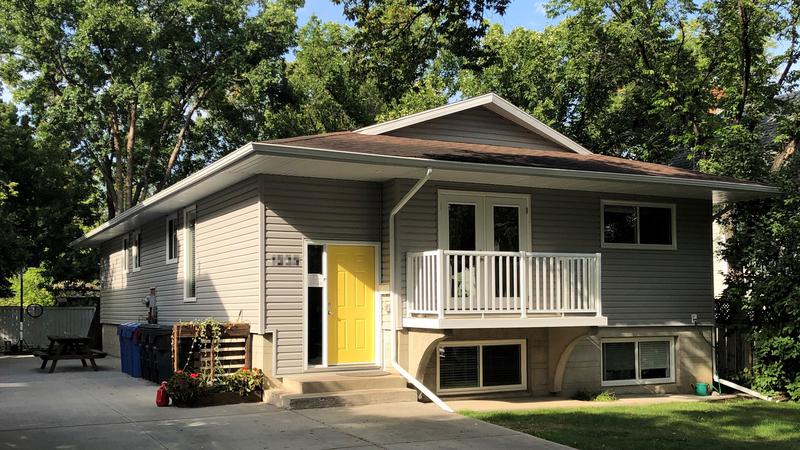
‘It didn’t cross their minds’: Emergency director says RCMP didn’t consider alert
HALIFAX — The head of Nova Scotia’s Emergency Management Office sayshe found it surprisingthe RCMP waited so long to issue a provincewide alert about a gunman who killed 22 people during a 13-hour rampage in April 2020.
The inquiry investigating the tragedy released documents Tuesday that include a recent interview with the EMO’s executive director, Paul Mason, who confirmed for the first time that the Mounties hadn’t considered using the Alert Ready system until his organization suggested it.
“At the end of the day, it didn’t cross their minds,” Mason told inquiry investigators on Feb. 15.
“I find it surprising you could have an event go on from like 10:30 on Saturday night till 11:30 on Sunday and nobody thought about an alert until we called them.”


